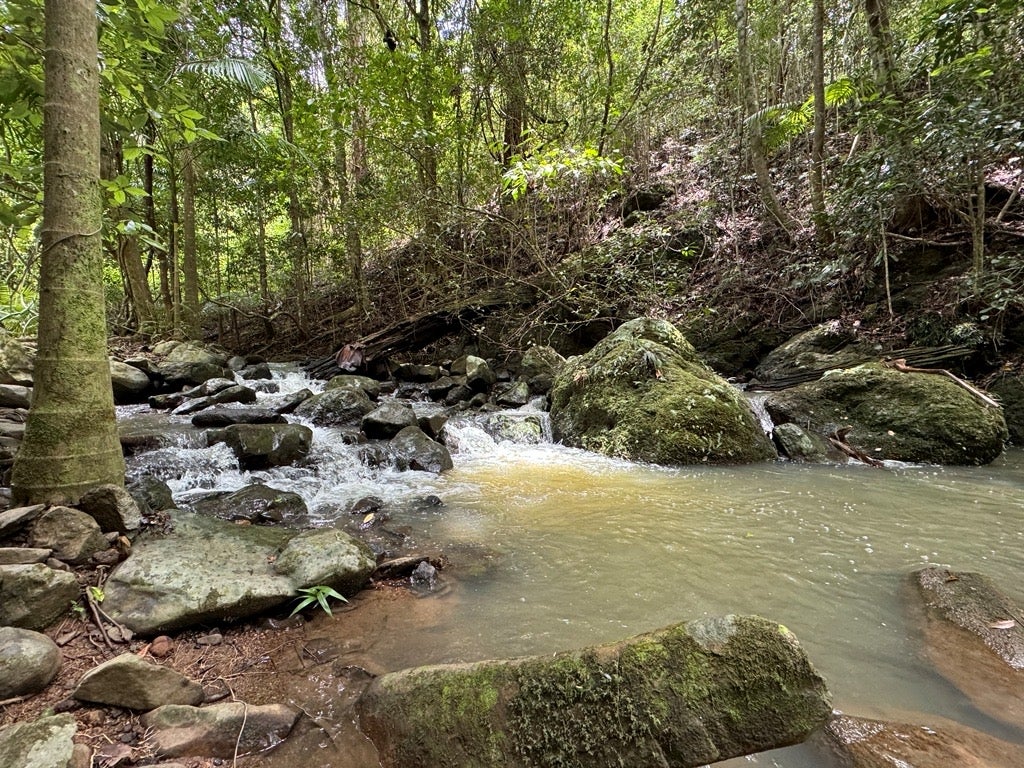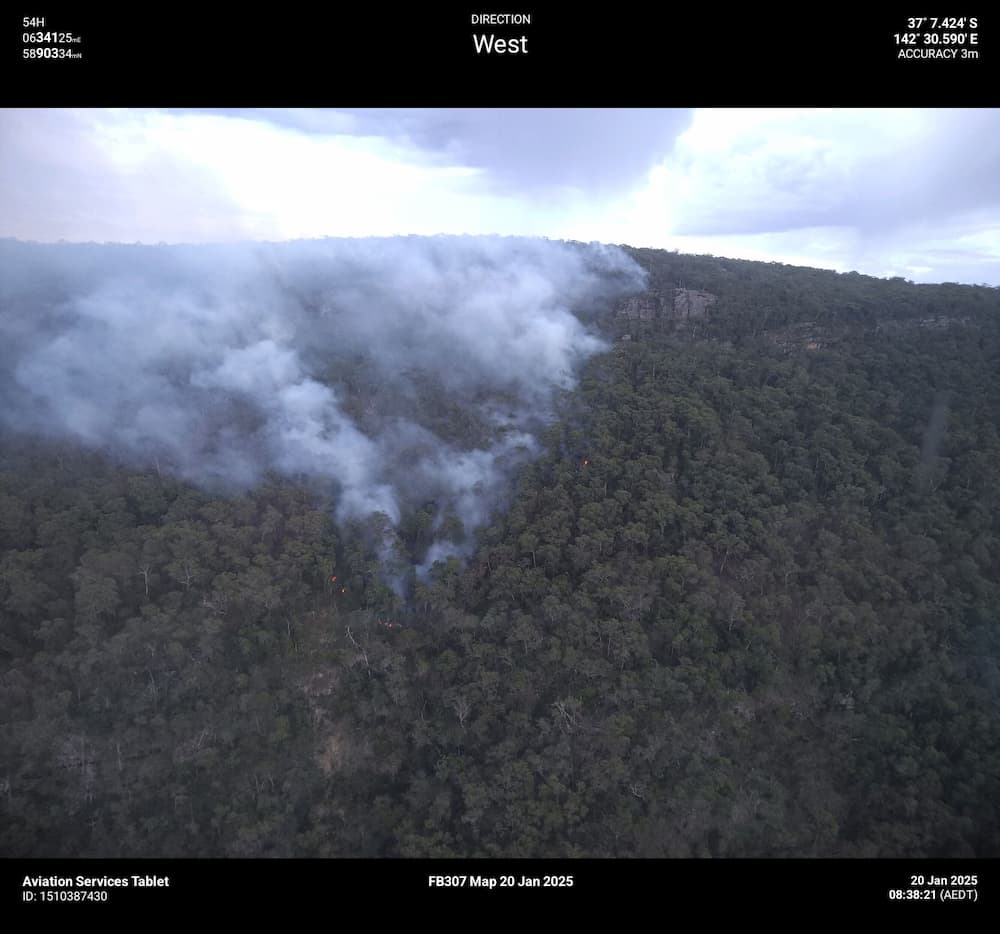Sustainability Victoria’s CEO Matt Genever on how Victoria can redefine sustainability through a thriving circular economy that prioritises innovative design and community collaboration.
Globally, the circular economy is gaining momentum, but the reality is that many areas worldwide are still grappling with the same fundamental challenges: how to minimise waste generation and create an economy where we keep the resources and materials we have in circulation for as long as possible.
The conversation about waste avoidance means addressing difficult topics that challenge our current consumption and manufacturing patterns. We often hesitate to discuss the need to simply buy less, fearing it will stifle economic growth and place the blame and responsibility on the individual rather than the system.
However, we know that the shift toward a circular economy can coexist with a thriving economy. Modelling shows that shifting to a circular economy could create an economic opportunity of $23 billion by 2025 for Australia, and tens of thousands of jobs.
We know that reuse generates 25 times more jobs than recycling, and 81 times more jobs than landfill on a per tonne basis.
While recycling is undeniably a crucial element of waste management, it cannot serve as a standalone solution. To truly close the loop, we must consider the entire system that also includes product design, manufacturing, and consumption.
It starts with good design
For the best ending we need to go back to the start – design. Simply taking the time to consider the end-of-life impact of products at the design stage would lead to revolutionary and essential changes in industry practices.
In a circular economy, new products are designed for quality and longevity. Recycled materials are used instead of new resources. Products can be repaired, disassembled, and recycled, ready to be made into something new. The whole supply chain is committed to eliminating waste, reducing emissions, and removing the use of our finite natural resources.
Take concrete for example – a vital construction material, but its production alone is estimated to create up to 10% of the world’s greenhouse gas emissions. Sustainability Victoria helped fund the research and commercialisation of a new void former made from 100% recycled plastic – void formers are used in many construction projects, including building foundations, bridges, and roadways. They also reduce the amount of concrete needed by up to 70%. The void formers can then be recycled at end of life – a truly circular innovation for an essential material in our society.
We also partnered with Deakin University to develop and research a bio-inspired textile as a viable polyester alternative. Petrochemical polyester, a primary contributor to microplastic pollution, accounts for 52% of Australia’s apparel consumption, with a staggering 93% of it ending up in landfill.
Our priority should be sustainable, circular design – asking the critical questions about environmental and health safety, necessity, and longevity before bringing a product to market.
Engaging communities for change
Communities play an indispensable role in driving change. For businesses to innovate, they need the support and confidence of their communities. Building new norms and expectations is vital; when communities demand change, business will accommodate the new market demand.
Sustainability Victoria’s $7.4 million delivered 60 community-based projects that demonstrate circular approaches work. Initiatives including repair cafes, food rescue, textile reuse and recycling, neighbourhood organics, plastics recycling, and tool libraries, saw 3,965 tonnes of total waste recovered or avoided, with 82,490 individuals adopting positive environmental action through involvement in the projects.
By fostering community engagement, we can create a ripple effect that encourages businesses to adapt and innovate in response to community needs. Our ensure Victorian communities have the tools they need to create their own local, place-based solutions into the future.
Government leadership
The linear system of ‘take, make, and waste’ represents a market failure. It assumes constant supply of natural resources, when most are finite. In the current economic system, when an economic activity has a cost that neither the buyer nor seller are forced to pay, such as harmful pollution and related health risks-the role of government becomes critical.
Government has the power and responsibility to enact regulatory and policy changes that signal the importance of a circular economy. These changes not only educate households and businesses about the value of sustainability, but also foster a culture that embraces circular practices.
Government support is essential for innovation, especially for early adopters who take the initiative to implement new waste and emission reduction processes and circular practices. This support is crucial for developing new norms and systems in supply chains that prioritise sustainability. Programs like the can provide that bridge, connecting businesses with the expertise they need to innovate while providing funding to support their initiatives.
The potential in Victoria
Victoria has a robust environment portfolio with bespoke agencies working in partnership to deliver all aspects of the circular economy. With Sustainability Victoria’s proven ability to drive collaboration between communities, business, and government, there is a clear path forward. By supporting innovation and sharing knowledge, Victoria can not only keep pace with global trends but set the standard for others to follow.







